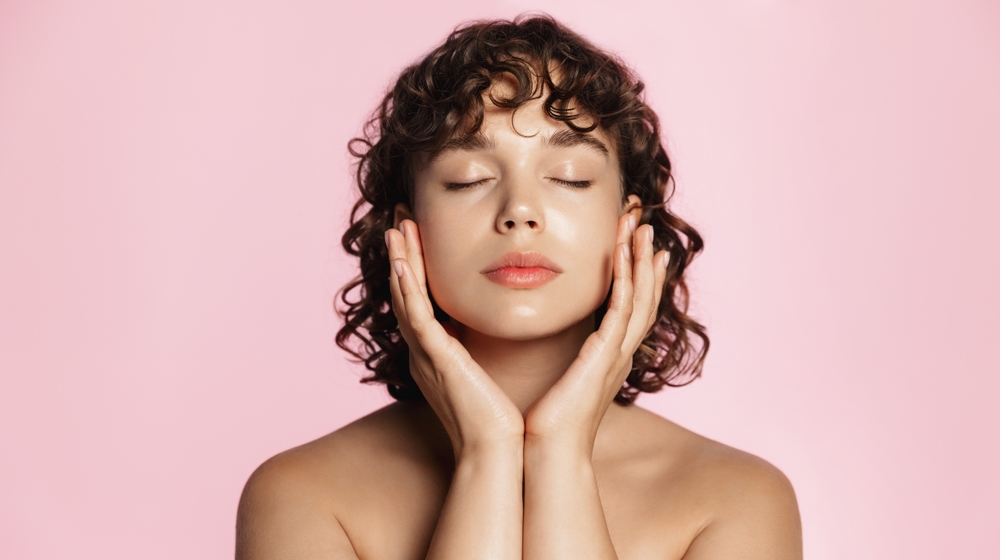
In the world of skincare, achieving a radiant, healthy complexion often comes down to how well you layer your products. The order in which you apply your skincare can make a significant difference in how effectively each product works, allowing you to maximize the benefits of your routine. Whether you’re a skincare novice or a seasoned enthusiast, understanding the art of layering can elevate your regimen to new heights.
Why Layering Matters
Layering skincare products is not just about slapping them onto your face in a random order. The sequence is crucial because each product serves a specific function, and applying them in the wrong order can minimize their effectiveness or even cause irritation. When done correctly, layering allows each product to penetrate the skin properly, ensuring that active ingredients are delivered to where they’re needed most.
For instance, applying a thick cream before a lightweight serum can prevent the serum from being absorbed, wasting its potent ingredients. On the other hand, following the correct order can enhance the overall performance of your skincare routine, helping you achieve clearer, brighter, and more youthful-looking skin.
General Rules for Layering Skincare
While each skincare routine is unique, there are some general principles to keep in mind:
- Start with the lightest consistency and work your way up to the heaviest.
- Thinner, water-based products like toners, essences, and serums should be applied first. Heavier creams and oils come later to seal in moisture.
- Layer based on your skin’s needs.
- Tailor your routine to address specific concerns, such as acne, dryness, or aging. Prioritize treatments that target your primary issues.
- Allow each layer to absorb before applying the next.
- Giving each product time to sink into your skin can prevent pilling (when products ball up on your skin) and ensure better absorption.
- Be mindful of ingredient interactions.
- Some active ingredients don’t play well together. For example, retinol and vitamin C can be too harsh when used together. Understanding how ingredients interact is key to avoiding irritation.
Step-by-Step Guide to Layering Skincare Products
Here’s a comprehensive guide to layering your skincare products in the correct order, from cleansing to SPF.
1. Cleanser
Every skincare routine begins with a clean canvas. Cleansing removes dirt, oil, and makeup, allowing your subsequent products to penetrate more effectively. Depending on your skin type and preference, you can choose from gel, cream, oil, or foam cleansers. For those who wear heavy makeup or sunscreen, a double cleanse (using an oil-based cleanser followed by a water-based one) can ensure thorough cleansing without stripping the skin.
2. Exfoliator (Optional, 2-3 Times a Week)
Exfoliation helps remove dead skin cells that can clog pores and dull the complexion. Whether you prefer a physical scrub or a chemical exfoliant like AHAs (alpha-hydroxy acids) or BHAs (beta-hydroxy acids), this step should be done after cleansing but before toning. However, exfoliating daily can be too harsh, so it’s best to limit this step to two or three times a week, depending on your skin’s tolerance.
3. Toner
Toners are often misunderstood but play an essential role in restoring your skin’s pH balance after cleansing. They also prepare your skin to absorb the following products more effectively. Modern toners are packed with hydrating, soothing, or exfoliating ingredients, making them a great way to add an extra layer of benefits to your routine. Apply toner using a cotton pad or by patting it directly onto your skin with your hands.
4. Essence
An essence is a lightweight, hydrating liquid that helps to prep the skin and enhance the absorption of serums and moisturizers. Essences are particularly popular in Korean skincare routines and are known for their high concentration of active ingredients. They’re designed to hydrate, brighten, and improve the overall texture of the skin. Apply essence by gently patting it into the skin, focusing on areas that need extra attention.
5. Serums and Treatments
Serums are the powerhouse of any skincare routine, packed with active ingredients that target specific concerns like wrinkles, hyperpigmentation, or acne. Because serums are formulated to deliver potent ingredients deep into the skin, they should be applied after toners and essences but before moisturizers. If you’re using multiple serums, layer them from the thinnest to the thickest consistency. For example, a watery hyaluronic acid serum should go before a thicker, oil-based vitamin C serum.
6. Eye Cream
The skin around the eyes is thinner and more delicate than the rest of your face, making it more susceptible to signs of aging. Eye creams are specifically formulated to hydrate and protect this sensitive area, reducing the appearance of fine lines, puffiness, and dark circles. Apply eye cream with your ring finger, gently patting it around the orbital bone without tugging at the skin.
7. Spot Treatments (If Needed)
If you’re dealing with blemishes or other specific skin issues, now is the time to apply your spot treatment. Whether it’s a salicylic acid gel for acne or a brightening cream for dark spots, these treatments should be applied only to the affected areas, allowing the active ingredients to target the problem directly.
8. Moisturizer
Moisturizers are crucial for sealing in all the previous layers and keeping your skin hydrated. They come in various forms, including lotions, creams, gels, and oils, catering to different skin types and needs. Even if you have oily skin, moisturizing is essential to maintain your skin’s barrier function and prevent it from overproducing oil. If you’re layering an oil over your moisturizer, do so at this step, as oils can lock in moisture and provide additional nourishment.
9. Sunscreen (Morning Routine)
In the morning, the final and most critical step in your skincare routine should be sunscreen. Regardless of the weather or your plans for the day, protecting your skin from harmful UV rays is non-negotiable. Choose a broad-spectrum SPF of at least 30 and apply it generously as the last step in your routine. Sunscreen should always be applied after your moisturizer but before any makeup.
10. Facial Oil (Optional, Night Routine)
For your nighttime routine, you can add a facial oil as the last step to lock in moisture and provide your skin with a nourishing boost while you sleep. Oils are excellent for dry or mature skin but can be beneficial for all skin types when used correctly. Just remember to apply oils after your moisturizer, as applying them beforehand can prevent other products from being absorbed.
Common Mistakes to Avoid
- Skipping Sunscreen: Many people skip sunscreen, especially if their moisturizer or foundation contains SPF. However, relying solely on SPF-infused makeup is not enough to protect your skin from sun damage. Always apply a dedicated sunscreen as the last step in your morning routine.
- Using Too Much Product: More isn’t always better. Applying excessive amounts of each product can overwhelm your skin and lead to clogged pores or irritation. A pea-sized amount is usually sufficient for most products, with a few drops or a small pump for serums and treatments.
- Ignoring Product Compatibility: Not all skincare products are meant to be used together. For example, retinoids and exfoliating acids can be too harsh when layered in the same routine. It’s essential to understand how different ingredients interact and to introduce potent actives gradually to avoid irritation.
Tailoring Your Routine to Your Skin Type
- Dry Skin: Focus on hydrating layers, incorporating a rich essence, a hyaluronic acid serum, and a nourishing moisturizer. Oils can also be beneficial, especially in your nighttime routine.
- Oily Skin: Opt for lightweight, non-comedogenic products that won’t clog pores. Gel-based moisturizers, oil-free serums, and a mattifying sunscreen can help keep oiliness in check while providing necessary hydration.
- Sensitive Skin: Stick to soothing, fragrance-free products with calming ingredients like chamomile or aloe vera. Avoid layering too many actives, as this can cause irritation. Patch test new products to ensure they won’t trigger a reaction.
- Combination Skin: Combination skin requires balancing hydration with oil control. You might need to use different products on different areas of your face, such as a lightweight serum on your T-zone and a richer cream on drier areas.
Mastering the art of layering skincare products can seem daunting at first, but with a little knowledge and practice, it becomes second nature. By following the correct order and being mindful of your skin’s needs, you can create a routine that not only enhances your skin’s appearance but also keeps it healthy and protected. Remember, consistency is key, and the effort you put into your skincare routine will pay off with a glowing, radiant complexion.







